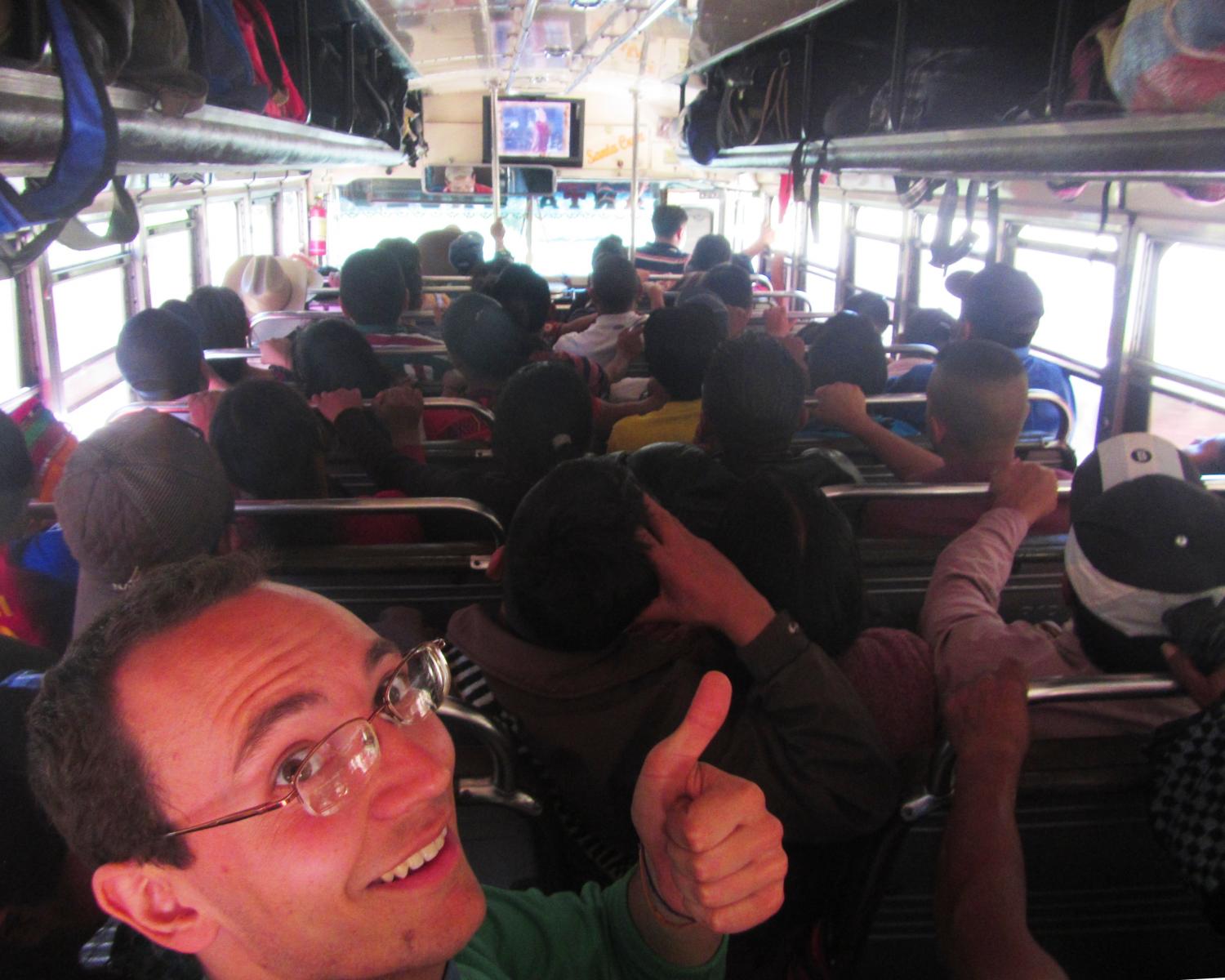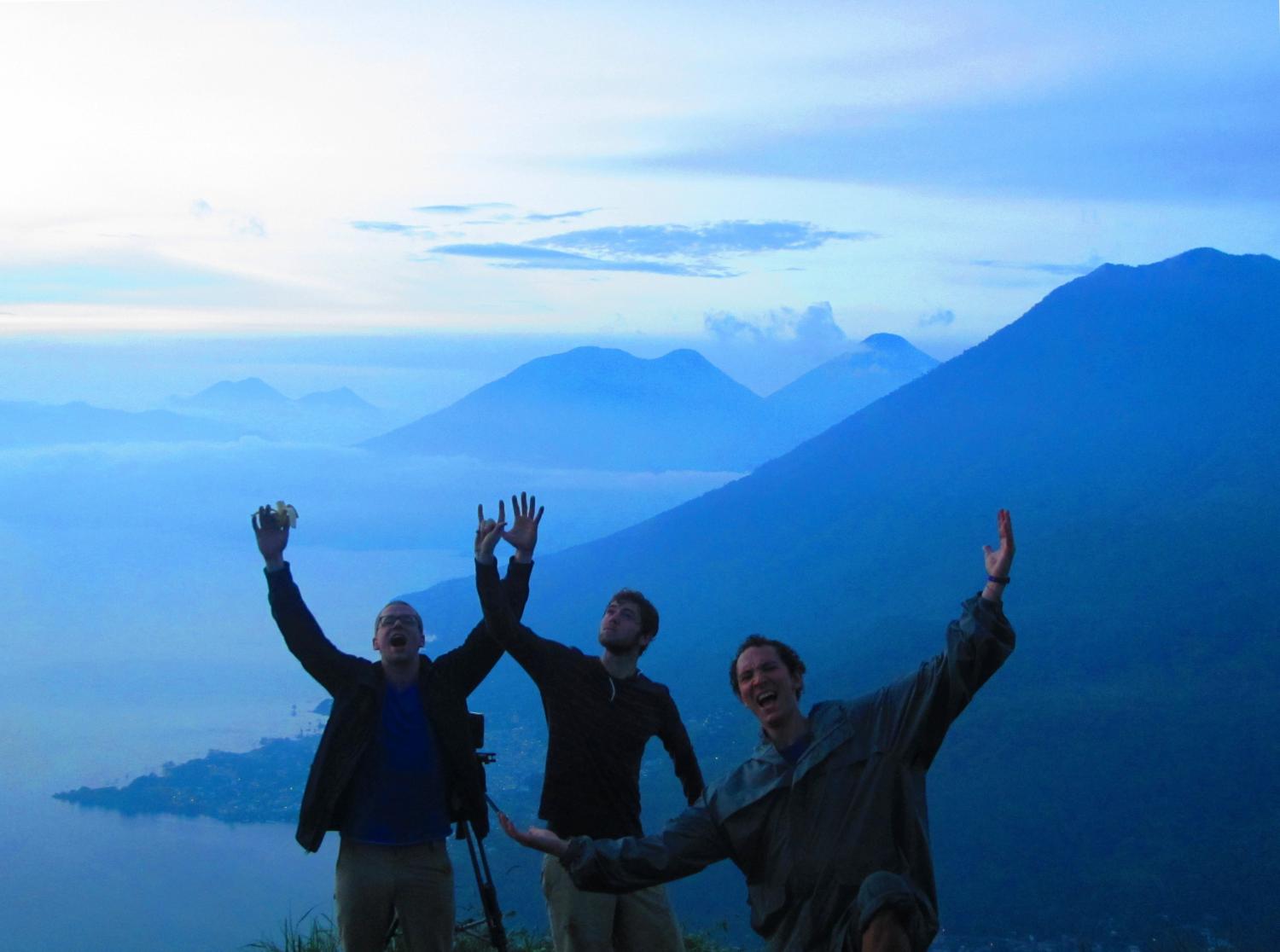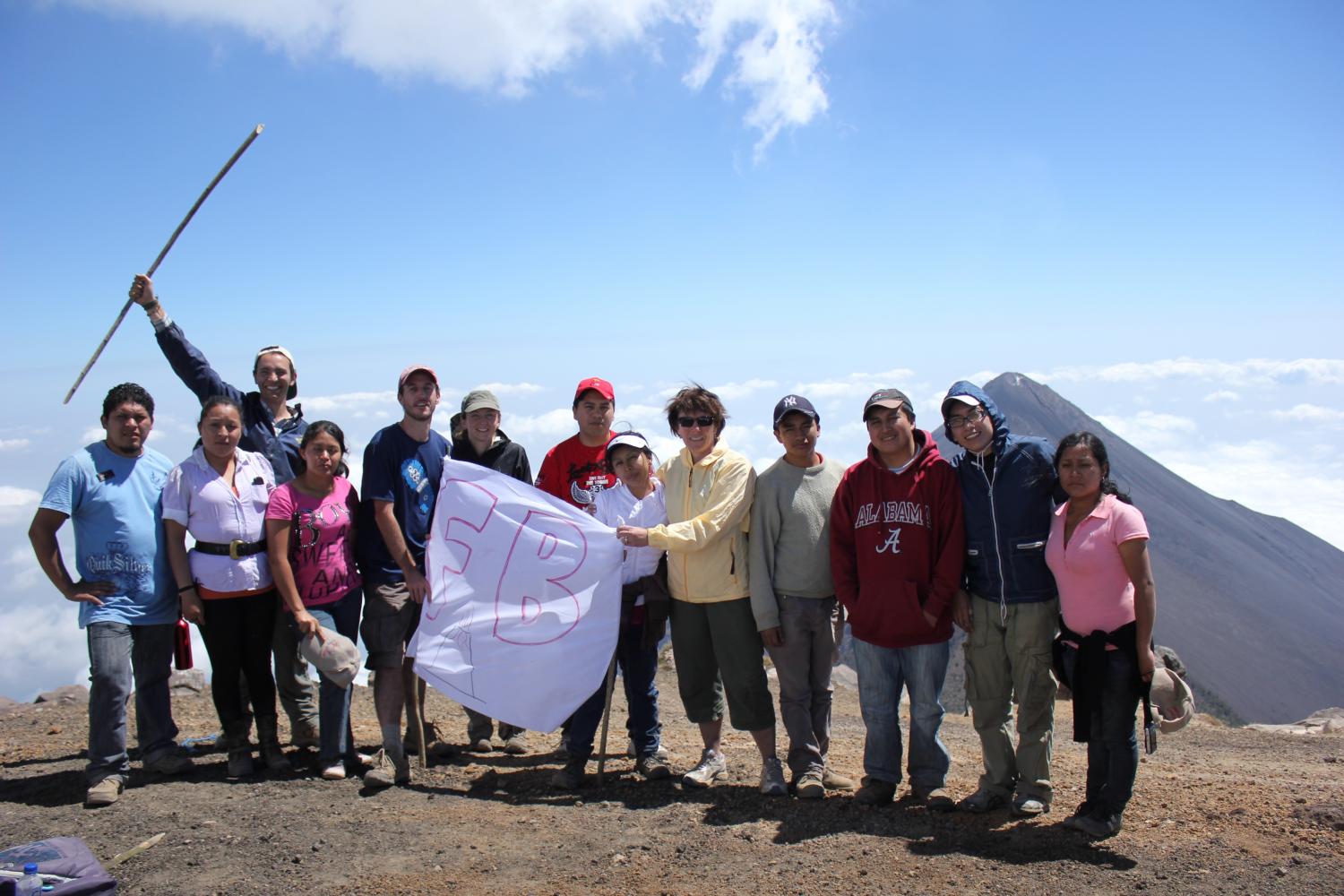Central America: Top Ten Tips and Take-aways
August 26, 2013
This August, I completed 7 months on the road in Central America with Kiva! I had once ignorantly assumed homogeneity among Central American countries, but I was pleasantly surprised to discover differences in each city, region, and country that I have visited. From climate, to cuisine, to culture, to colloquialisms, I found myself amazed at the variety and distinctions.
So, here are 5 lessons learned and my Top Ten Favorites from my time in the Central America.

Lesson 1: The “Stay at Home” mom doesn’t exist
After visiting hundreds of Kiva borrowers throughout Central America, my respect continues to grow for valiant women in the developing world. From bakers that wake at 5:00 AM, to farmers tilling their fields by hand, to weavers that spend days on a single piece of fabric, all while cooking and caring for their homes and families. A Jewish proverb speaks of a noble woman, I’m pretty sure that I have met her daily in Central America.
Lesson 2: Where two can fit, so can thirty:
Especially in Guatemala, public transportation is more akin to sardine containers than leisure class travel. I remember counting 29 grown adults next to me in a 15 passenger van in Guatemala. In fact, this leads me to one of the crazier stories from my last 7 months (#BuckleUp, #NoFilter).

I visited a borrower near the pacific coast of Guatemala and boarded a “chicken bus” at sunset on my way back to the highlands. The heat was thick and the bus was packed with sugar cane workers who were celebrating their harvest’s completion. The school bus (apparently repurposed by Randy Savage) was exceptionally packed with three adults to each seat, children on laps, and two adults to the aisle. I was comfortably smushed with my cheek against the window of the back seat. Let me reemphasize, the heat was thick.
 Randy Savage Chicken Bus - Photo Credits: Eric Brandt
Randy Savage Chicken Bus - Photo Credits: Eric BrandtThe bus-driver’s sidekick clambers through the back door on his way through the blocked aisles for bus fares, when a lady screams near the front of the bus. “She’s out!...Someone get some water!...Help!” The sidekick abandons the aisle pushing and Spiderman-climbs the carry-on luggage racks toward the commotion. The sun has set, the bus slows down, and it’s internal lights have now gone off. The sidekick arrives on the scene, check’s vitals (I assume), and calls out, “Yeah, She’s out…Keep rolling.”
Apparently a lady had fainted, and the only solution was to get some fresh air on her. After she had been dropped off with her companions at the next broad-leaf village, the bus again lost all internal lights and power. No big deal, just no more merengue treble in my ear. Then, as we wound the dirt roads along Lake Atitlan, the bus proceeded to lose its headlights as well. The driver stops the bus. A passenger shouts, “Try the hazards!” So we drove the last 20 minutes of our trip with yellow strobe lights flashing the jungle hills. It was a trip.
Lesson 3: Bananas shouldn’t taste like potatoes.
I have come to appreciate local produce like never before. In fact, I distinctly remember eating my first “Banano Crijollo” (“Creole Banana” or banana from the colonies) in Costa Rica. Unlike the refrigerated chomp of US imported bananas, my teeth effortlessly caved into the freshly picked fruit.

Unlike the spring-green, boot-leather skin you would find bunched in gas station baskets, the tender sunglow skin of this Caribbean breed bears the marks of hand-picked goodness. Forget the cotton-mouth tannins of our 39 cent hybrids, as a bright sweetness from the tiny black pollination deposits punctuates the smooth warmth of each bite. Unfortunately, this fragile and local treasure of “Bananos Crijollos” is left for those in the tropics.

Lesson 4. The sun only rises once a day.
You can always nap later, and there is nothing quite as beautiful as the color-change at daybreak.

Lesson 5. Say “Yes” to as many invites as possible
You can try to plan ahead as much as you would like, but as a Kiva Fellow/Nomad, without a steady social network or home-base, I have found that one must not think twice about invitations. Salsa dancing in Nicaragua? Yes. Service project in a Guatemalan prison? Yes. Midnight fish-fry after soccer in Honduras? Yes.

Obviously, this approach must be balanced with a steady dose of reflection, reading, prayer, and yoga, but are we trying to plan the adventure of a lifetime or find ourselves in a lifetime of adventures. Serendipidity doesn’t fit into your schedule, it surprises you.
Now, My Top Ten list from Central America (purely a function of my experience)
- Best Fresh Water Destination: Lake Atitlan, Guatemala

- Best Salt Water Destination: Playa Madera, Nicaragua
 Photo Credits: Ben Theimer
Photo Credits: Ben Theimer - Best Rope Swing: Volcan Arenal just outside of La Fortuna, Costa Rica
 Photo Credits: Mike Benjamin
Photo Credits: Mike Benjamin - Best Budget Dish by Country:
- Costa Rica: Gallo Pinto (1 dollar)
- El Salvador: Pupusa (60 cents)
- Guatemala: Tortillas and Avocado (50 cents)
- Honduras: Balleada (1 dollar)
- Nicaragua : Nacatamale (1 dollar)
- Best Chocolate Milk: Nothing better than chocolate milk to go with a Banano Crijollo.
- Costa Rica: Choco-leche de Dos Pinos
- Honduras: Choco-leyde
- Nicaragua : Leche con Cacao Natural
- Best Coffee: Grano de Oro, Honduras

- Best Mayan Ruins: Tikal, Guatemala

- Best Volcano Hike: Volcan Acatenango, Guatemala
 Friendship Bridge Staff Hike up Volcan Acatenango
Friendship Bridge Staff Hike up Volcan Acatenango - Best Salsa Dancing: Leon, Nicaragua (Olla Quemada or Chili Inn)
- Best Waterfall: Catarata de La Fortuna, Costa Rica

PREVIOUS ARTICLE
A new way to look at your team's impact →NEXT ARTICLE
Featured Volunteer: Amy L. brings precision and dedication to a new level →













